Chain of Correspondence. Primo Levi, the Germanies, Europe
The exhibition, curated by Domenico Scarpa, is conceived and promoted by the Centro Internazionale di Studi Primo Levi in Turin as part of the ERC Starting Grant project LeviNeT by Martina Mengoni (levinet.eu)
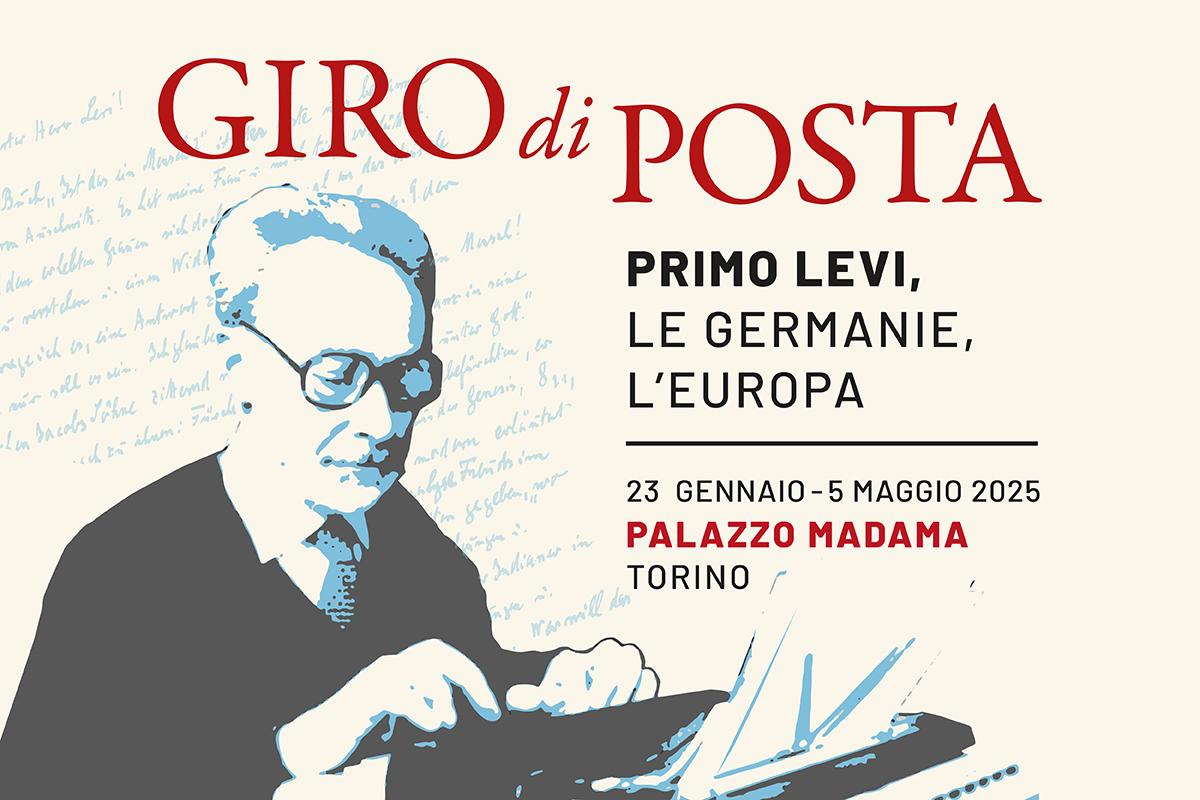
For the first time, an entire exhibit is being dedicated to Primo Levi the letter writer.
Composed of documents that, to a great extent, have never been published, Chain of Correspondence offers visitors a vast interweaving of private correspondence that only today is being made public and that depicts Europe and Germany divided in two. The interweaving is done by Levi’s German and German-speaking interlocutors, and by others as well. The correspondence on display here – messages scribbled in pencil on random pieces of paper or impeccable letters typed on letterhead stationery – traverses almost half a century of European history.
Auschwitz, an experience whose secrets and significance Levi never ceased to investigate, is the focus. Right from its title, If This Is a Man sounds like a question aimed at the reader but the incidents recounted in the book took place in German and were committed by Germans, and thus, that question needed to reach them. In 1959, the German translation of the book was finally begun; it was published in 1961, the same year the Berlin Wall was built.
From that moment on, an “intricate network of correspondence” put Primo Levi in contact with a large number of remarkable interlocutors: ordinary readers, readers who were also authors, former companions in the Lager, and even some individuals who had been “on the other side” in Auschwitz. Knowing Levi, it can come as no surprise that, of all his correspondents, he was particularly attracted to those who were the most distant, through their mindset or geographically.
Courtesy Archivio Fotografico Fondazione Torino Musei Photo Studio Gonella Courtesy Archivio Fotografico Fondazione Torino Musei Photo Studio Gonella Courtesy Archivio Fotografico Fondazione Torino Musei Photo Studio Gonella Courtesy Archivio Fotografico Fondazione Torino Musei Photo Studio Gonella Courtesy Archivio Fotografico Fondazione Torino Musei Photo Studio Gonella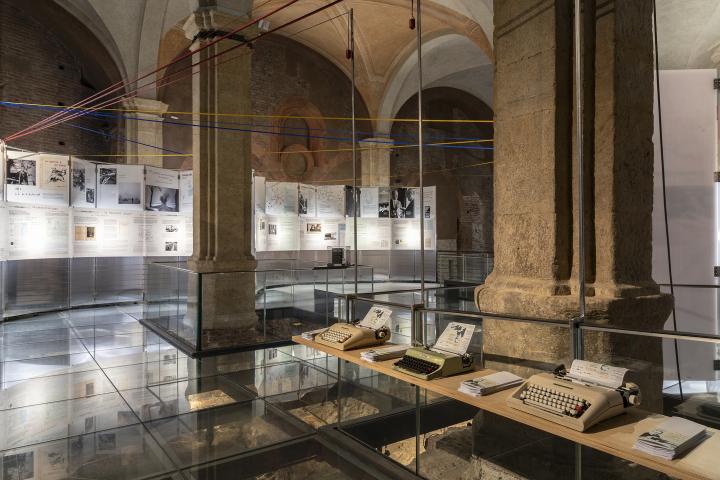
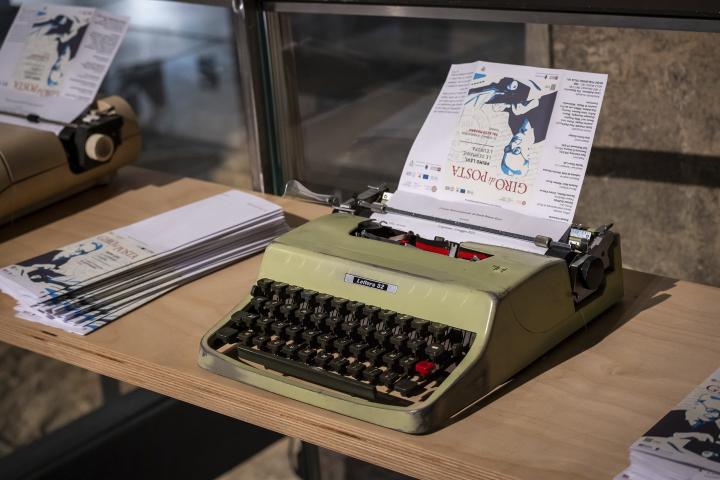
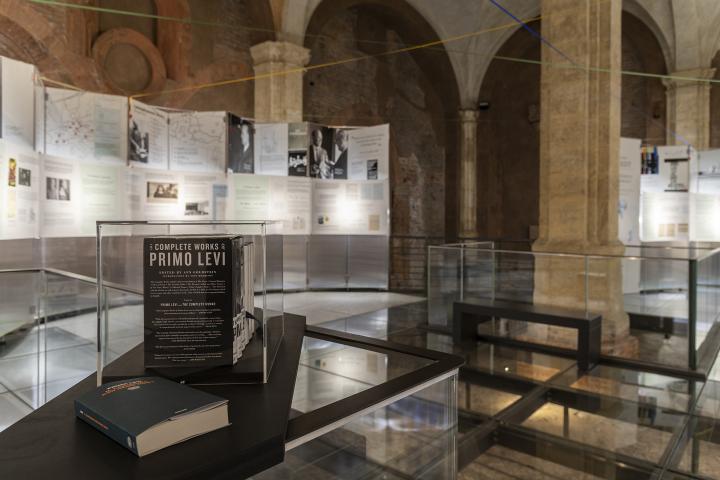
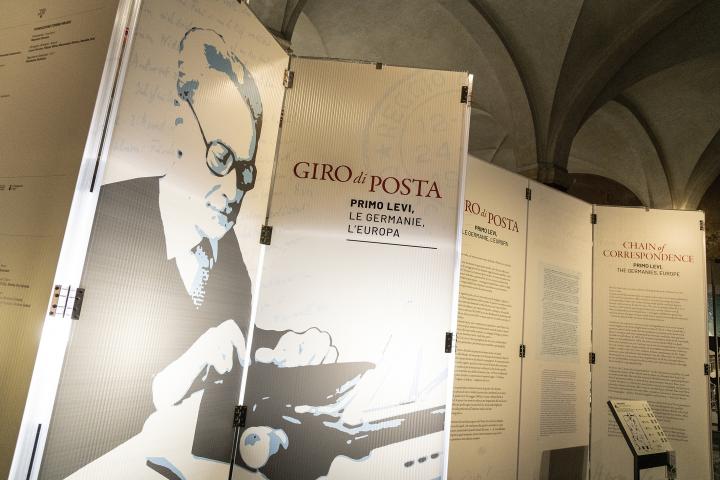
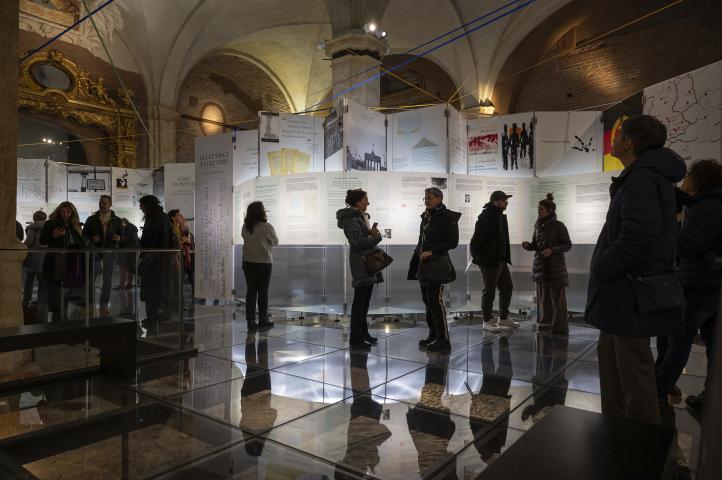
In short, the “chain of correspondence” in the title presents itself as a broad-ranging discussion of the Shoah and its place in a Europe that had to be reconstructed after the war but was soon divided into two opposing blocks. And it presents itself as a network for many reasons: because there were circuits of letters, in which the same letter was sent to multiple recipients to provoke a stance; because, like a net, it covered areas of both East and West Germany, and crossed over into other countries; because it intertwined the four languages – Italian, French, English, and German – that Levi knew.
One letter in particular contains the essence of this Chain of Correspondence. It was the first of Levi’s private letters to be transformed into a public text. On May 13, 1960, Levi wrote this message to Heinz Riedt, who had translated If This Is a Man into German, to thank him for his work. All it took was two symbols drawn by Levi on page two to transform it into the preface of the German edition of his “firstborn” book.
That preface was an open letter, which Primo Levi sent to the Germans asking to understand them. And his readers, none excluded, responded to that passage, proving wrong the first words of the text: “… And thus we have finished.” On the contrary, right that very moment, everything was starting all over again for Levi and for his path as a European classic.
The exhibition is divided into five sections:
1. Primo Levi. A precocius european gaze
2. Hermann Langbein. A formidable man
3. Heinz Riedt. An anomalous german
4. Chain of correspondence (è quella che dà il titolo all'intero allestimento)
5. Levi’s readers
The exhibition includes an accessibility path for the visually impaired public: maps and tactile QR codes make it possible to access the audio content of each section from a mobile device.
On Thursday 23 January, on the occasion of the Day of Remembrance, the exhibition Chain of Correspondence. Primo Levi, the Germanies, Europe will be opened to the public. An exhibit created and promoted by the Centro Internazionale di Studi Primo Levi di Torino, as part of the project ERC Starting Grant LeviNeT headed by Martina Mengoni. Curated by Domenico Scarpa
